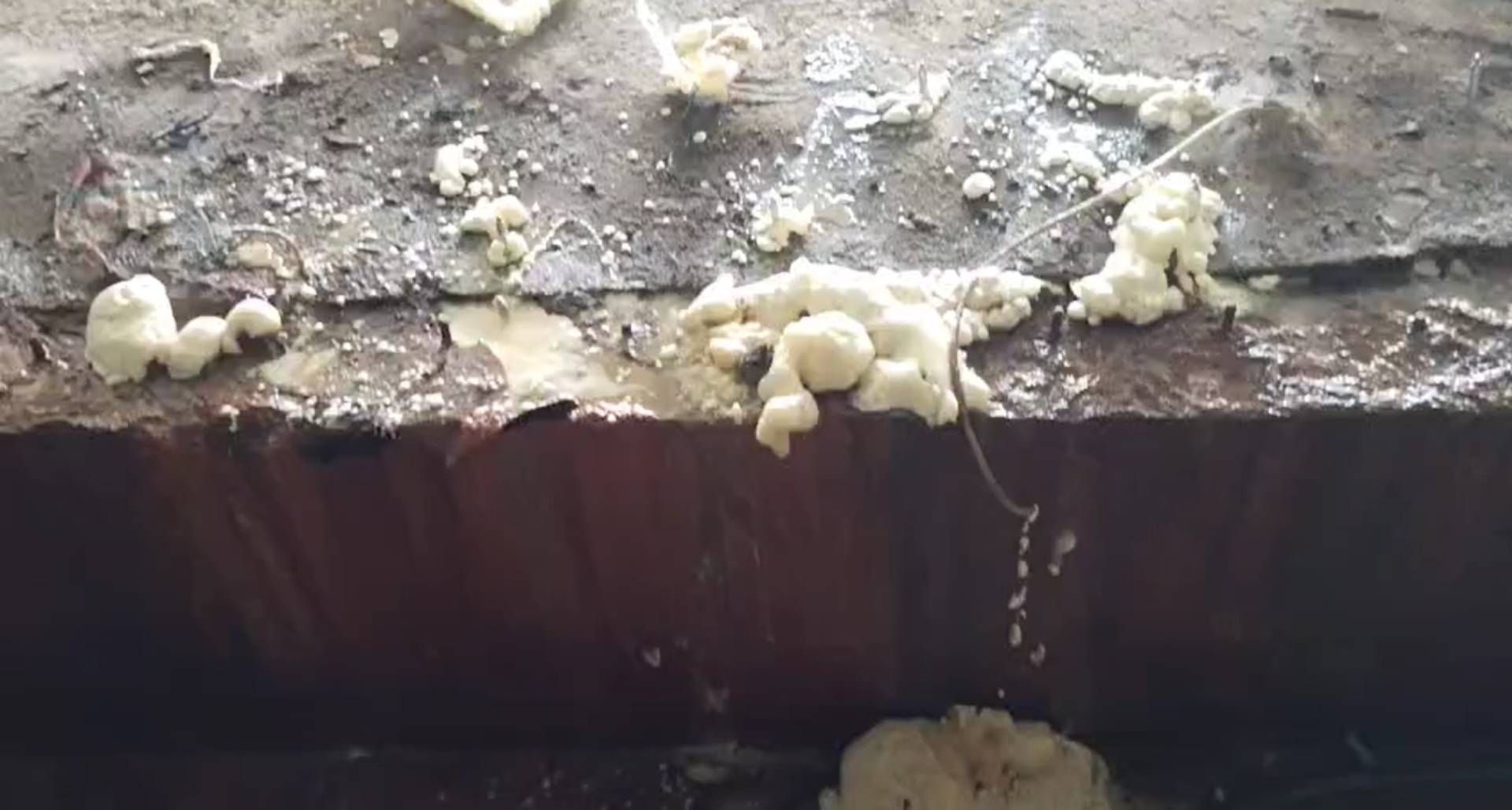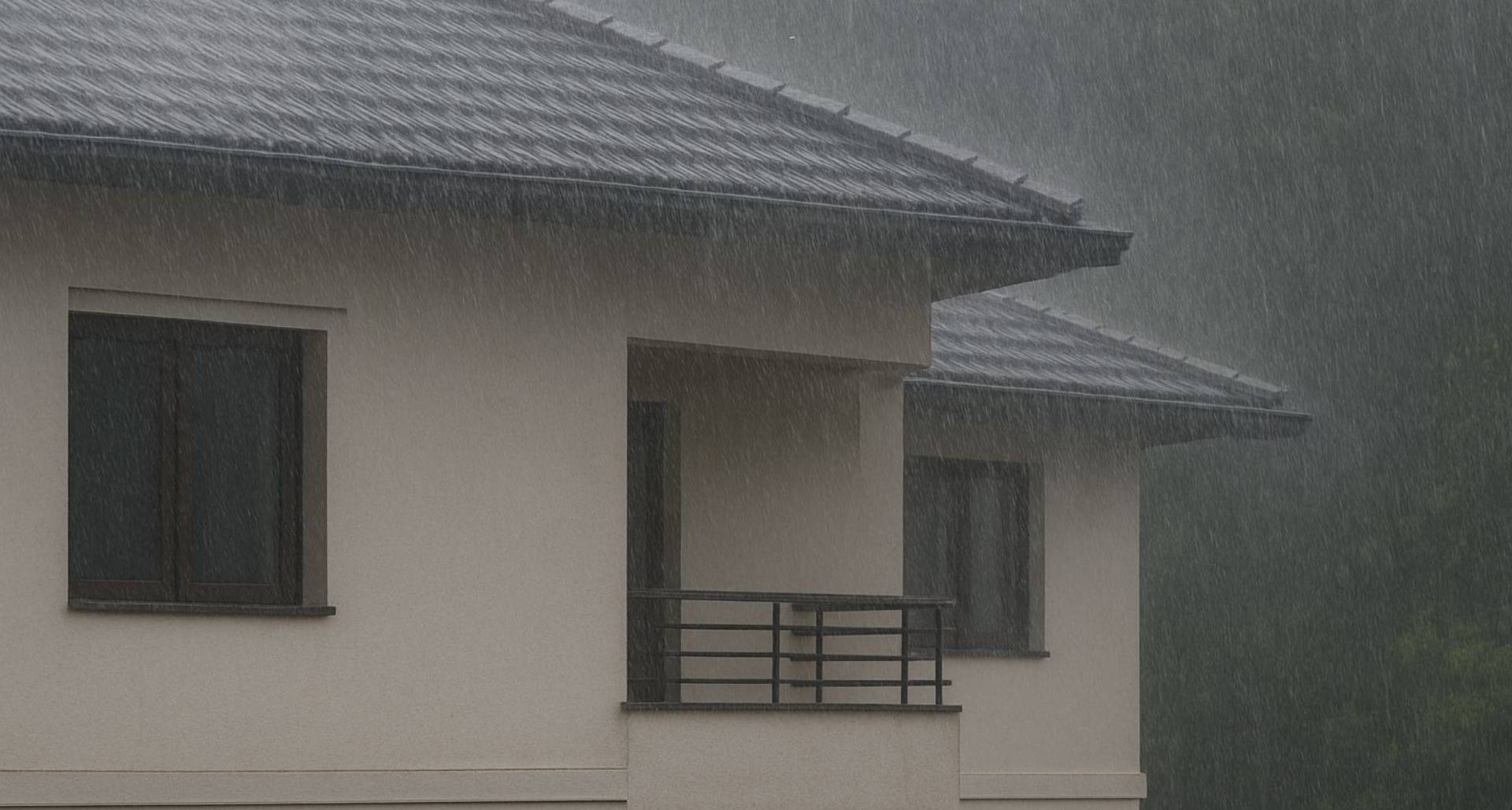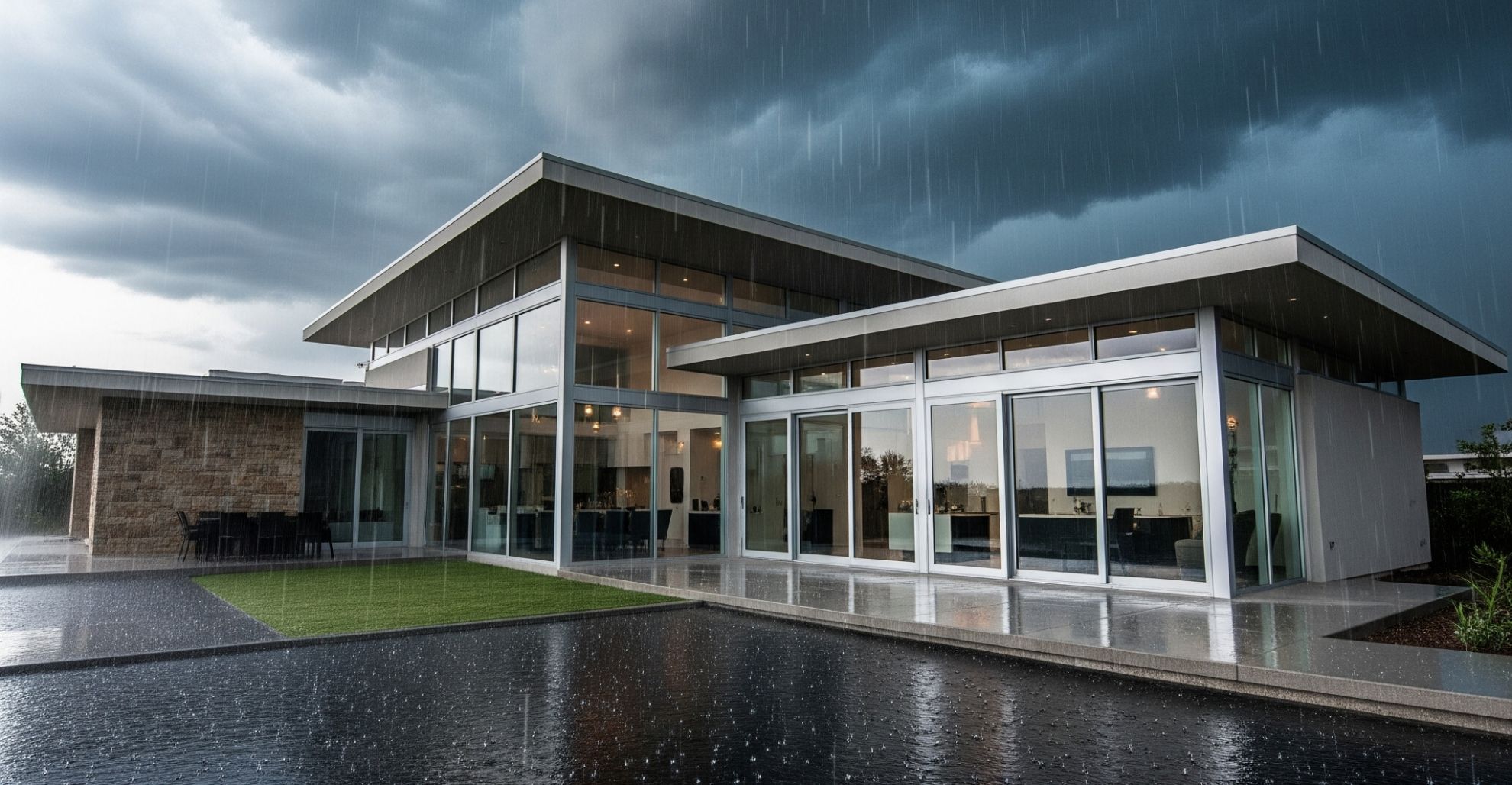5 Alarming Signs That You Should Watch Out For On Your RCC Roof!
by Babu George
Originally published on August 16, 2022, 12:45 am, updated on November 12, 2025
scroll downEveryone dreams to have a roof over their head which can keep their home or business establishment spick-and-span and protect their loved ones and well-designed interiors from elements. Invariably all love to keep it as immaculate a space as possible so that they can stay or work in them safely as well. It is an abode they feel proud of as their residence or center of business.
But what if your roof is giving you hell of a headache by way of leakage? Roof leak is a menacing situation almost every RCC roof often develops during rainy seasons. It gives sleepless nights and unimaginable problems. It disturbs your peace of mind and drives you crazy as the damage it causes is often heavy. It sometimes escalates to a level of damaging our interiors and causing us major health hazards.
In times of climate change and unpredictable cloud bursts, it is quite imperative that you should keep vigil to look out for these 5 alarming signs on your roof for water leakage.
Watch Video: Terrace Acrylic micro fibre reinforced coating
Sign No.1: Cracks in Plastering or Screed
Screed/plastering is the finishing layer of mortar laid over our terrace slab/concrete roof. We do it for two reasons:
1) To provide slope for the terrace slab so that rainwater does not get stagnated and allow it to flow off the structure as quickly as possible.
2) To protect the waterproofing membrane done before plastering/screeding during construction above the terrace slab.

Cracks in the roof plaster/screed is a sign of future trouble. | Image Courtesy: UniPro® Waterproofing
Extreme weather conditions, thermal expansion differentials between plastering and the roof slab, poor workmanship etc., cause this protection layer to de-bond. It will develop cracks over time and allow water to seep in through them during rainy season and literally become a reservoir above your head.
Are there any other reasons for cracks? Yes. Cracks normally occur due to several reasons. Poor mix proportion of cement, sand and water is one reason. Excessive water in mixing mortar is another. Excessive troweling by masons and improper curing of plaster also cause cracks. Design faults in structure and absence of mesh on RCC-masonry joints before plastering will also pose the threat of cracks in screed/plastering layers.
Roof crack is one of the main reasons leading to stagnation of water between the slab and plastering/screed. It not only weakens the slab but creates weak spots for water to seep through. Result? It imperils the life of the slab.
Therefore it is important to have a pre-monsoon check done for your roof slabs and do terrace waterproofing done before it is late. It is specifically pointed out keeping in mind that many of us haven’t even seen our rooftop in years after the construction is complete.
Also Read: 5 Misleading Myths and Astonishing Reality About Waterproofing
Sign No.2: Blistering Ceiling Paint and Paint Discoloration
This is a common occurrence but the shame it causes is big. Stagnant water that stays between the slab and plastering slowly begins to find weak spots of the terrace slab and start to come down. Since the paint below is a membrane and doesn’t allow anything to go through it, water/moisture gets trapped and finally inflicts damage on the paint membrane of the ceiling and walls. The layer of the paint begins to bulge, blister and crack, leaving an ugly look all over resembling the skin on our body after an accident. What you left with will be roof & wall dampness.

Blistering Ceiling Paint is an indication that water has already passed thru your roof slab. | Image Courtesy: UniPro® Waterproofing
The continued presence of moisture will pave way for the growth of fungus, leading to marks of discoloration on the affected area. The ceiling will turn dirty with disturbing blotches. A second coat of paint will only rent your pocket as it reappears in the same shape in no time. It is the root cause that needs treatment. A professional water proofing is the best solution.
It is important to have a pre-monsoon check done for your roof slabs and do terrace waterproofing done before its late. This is being said keeping in mind that many of us haven’t even seen our roof top in years after the construction is complete.
Sign No. 3: Damp Spots on Ceilings
It is often a sign of disgrace on the ceiling seen in almost every building during rainy seasons. The damp marks on your ceiling are a sure sign that your roof is not strong enough to prevent water from seeping in to the slab. It leaves damp marks on the ceiling and if unattended will gradually disintegrate the ceiling and cause blisters and scalding.

Spots on the ceiling indicate continued dampness and need immediate action. | Image Courtesy: UniPro® Waterproofing
The situation demands strong remedies such as advanced waterproofing methods to prevent recurrences of such instances.
Watch Video: Polyurea Hybrid Fibre Mesh Sandwiched Terrace Waterproofing
Sign No. 4: Spalling

Spalling is a structural issue and will affect the load bearing ability of the roof slab. | Image Courtesy: UniPro® Waterproofing
Spalling is a serious situation and akin to cancer. It happens when your roof breaks off in layers and splits into bits and pieces. Be on your guard if your reinforcement steel is exposed to moisture. Long such exposure will make the steel to rust and corrode, resulting in mass build-up of steel rust. Such a pile-up will exert huge pressure on the concrete below and eventually fall off exposing the steel. This spalling takes away the life of roof and cause water leakage. The problem needs immediate attention from professional waterproofing experts.
Watch Video: Efficiently protect your roof/terrace from sunlight heat & monsoon water.
Sign No. 5: Growth of algae and vegetation on slabs
Who doesn’t like a little green vegetation on one’s roof? No, we are not talking about a well-designed garden on your roof. Unattended terraces for long often have vegetation/algae growth on terrace slabs as shown in the picture below.

Vegetation growth indicates neglected roof & needs immediate attention. | Image Courtesy: UniPro® Waterproofing
Launch a check to see how neat your roof is. In fact what is most needed is a periodical check to get rid of green patches of algae growth on the roof. Does your roof remain drenched for long with rainwater finding no way out to drain away?
Beware! The water will stagnate and create a favourable atmosphere for algae and vegetation to shoot up on the roof. Again, it causes spalling and make it unable to hold structural load and ends up in structural failure. The inevitable result will be leakage and heavy financial loss.
A Handy Checklist
Apart from the signs mentioned above, here is a checklist for your pre-monsoon terrace inspection. Save it or take a printout so that it can be handy when you need it most.
-
Is your terrace tiled? Terrace tiling is commonly done for its aesthetic value; but a blunder in waterproofing angle. Look for open joint tile joints and seal them properly with a good quality polymer joint grout.
-
Are the drains clogged? Have it cleaned, if need be.
-
Look for gaps between the rainwater pipes and cement structure around. Get professional help to have it sealed watertight.
-
Is your terrace clean or filled with leaves & debris? Ask your domestic help to clean the terrace regularly.
-
Check water stagnation or water puddles on the roof? Correct the slope with a mason’s help so that water won’t form a pool.
-
Check if the right angles are covered/haunched properly so that water doesn’t get seeped into your interior walls.
-
Check the cracks in parapet walls and get it sealed properly with high elastomeric sealants by a professional waterproofing agency.
It is important that you should take care to look after your building properly, periodically. Frequent checks will ensure more benefits in the long run. No time to do it? There are professional agencies that can offer these services and launch roof inspections. They will provide excellent advice and execute the job with warranty.
Also it is always better to find a proper place for plants instead of keeping them on your roof. Plants soak water and keep the roof moist. It will ultimately lead to spalling. If you want to have a garden or a farm on your roof top, it is better to have a thoroughly planned one with the help of a professional than allow the vegetation to grow uncontrollably.
—※※※—





